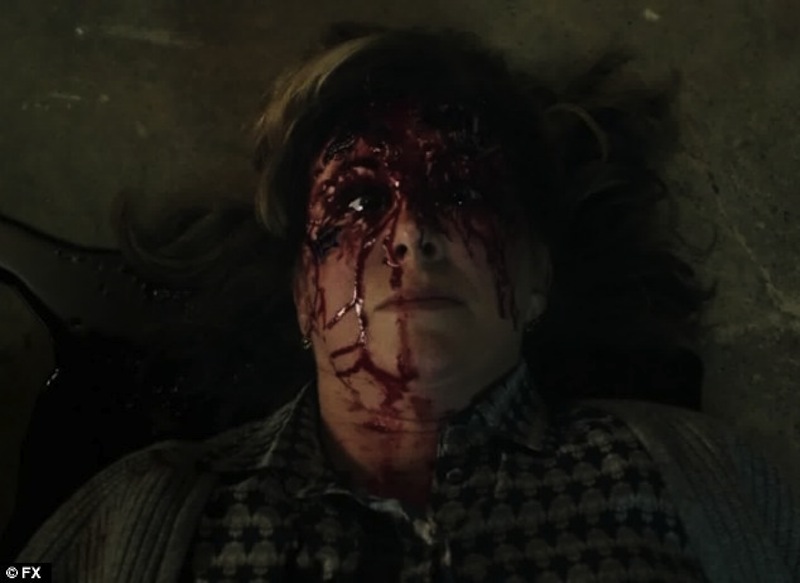Fargo and the Force of Evil
Ross Gale
 I tend to think of evil in three categories. The first is the snake-in-the-garden tempter. The second is an immovable force of destruction like a tornado or a hurricane. The third is a bad guy with a gun, the classic antagonist. What happens when you roll all three into one character? (Drum roll, please!) You have Lorne Malvo from the new TV show Fargo. And where you find Malvo, you’ll find the bolito.
I tend to think of evil in three categories. The first is the snake-in-the-garden tempter. The second is an immovable force of destruction like a tornado or a hurricane. The third is a bad guy with a gun, the classic antagonist. What happens when you roll all three into one character? (Drum roll, please!) You have Lorne Malvo from the new TV show Fargo. And where you find Malvo, you’ll find the bolito.
In Cormac McCarthy’s script for The Counselor, a drug-dealing businessman describes how Mexican cartels use the bolito to kill its victims. The bolito is a loop of wire that slips around the neck. A small motor is turned on and the wire pulls tight and tighter until the victim bleeds out or is decapitated. In many of McCarthy’s stories, evil is like a powerful, motor-driven force with no off-switch. A blood bath always ensues. That same evil is the driving force in Fargo where Malvo brings a bolito to the small Minnesota town of Bemidji.
Lorne Malvo is a humorous character who fits Fargo’s Coen-esque dark-humor. But in Bernidji we find that no matter how random Malvo’s killing, no matter how silly and misinformed the good, the story still pits evil against good. And this evil is always aided by both our inability to recognize it and/or our lack of courage to hunt it out.
Fighting evil is always an active pursuit of the truth, no matter how crazy, confusing or bloody. As in much of McCarthy’s canon, the force of evil seems irresistible, enveloping the unaware and the weak. It may give great temporary power to destroy, but it will always kill them.
And Fargo demonstrates how it tears apart the fabric of the community. Duluth officer Gus Grimly asks himself, “Am I supposed to put myself in danger or just let it go?” That’s the question the town must ask itself. Is it the question we should ask ourselves?